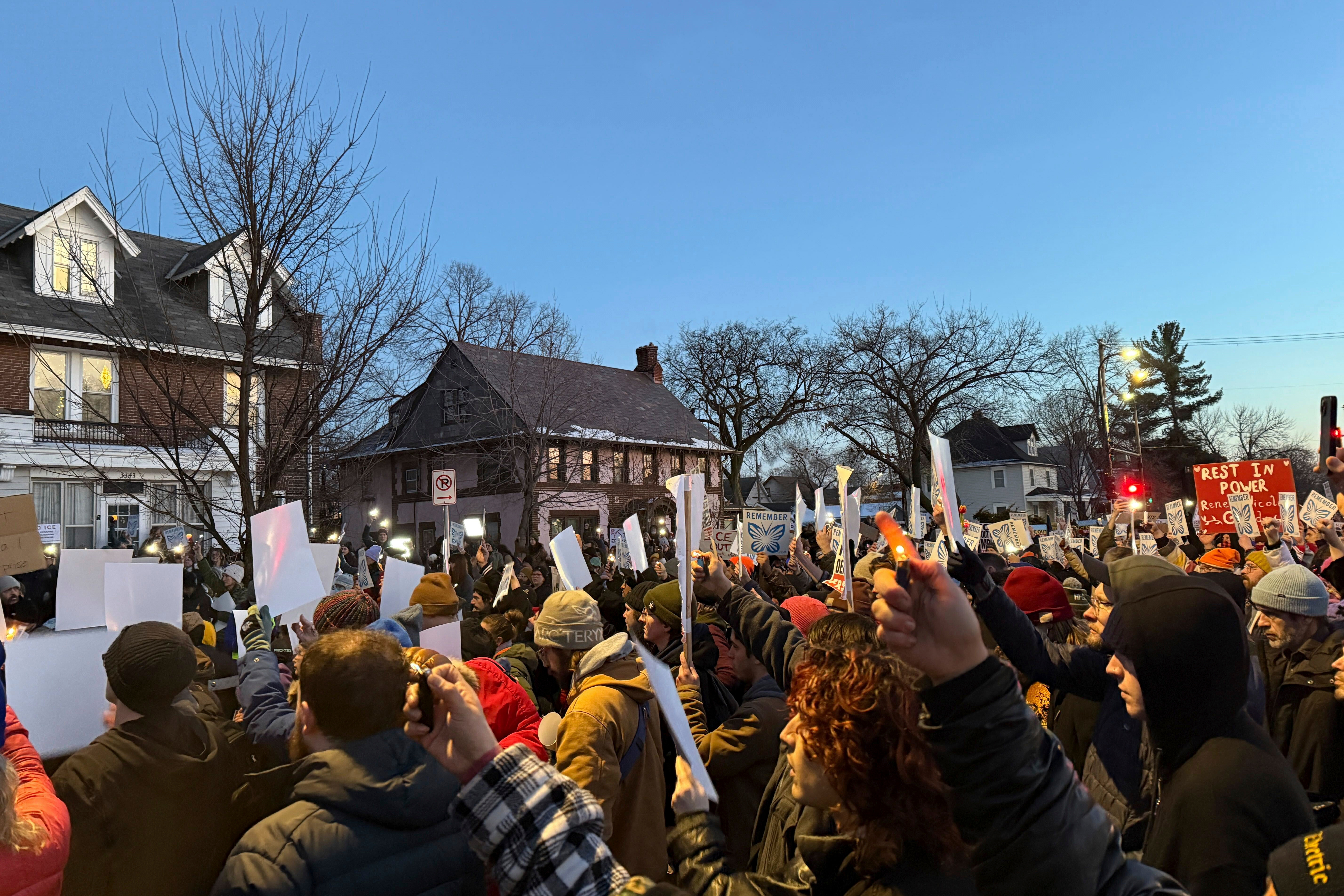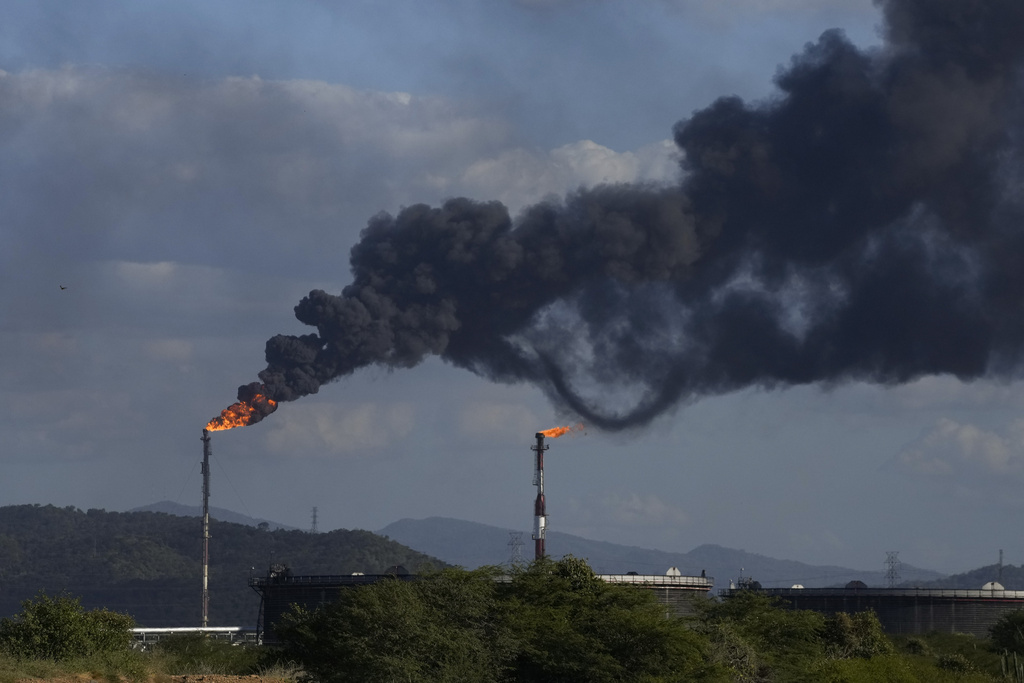The Colorado River is an artery that pumps millions of gallons of water to tens of millions of people in the Southwestern United States. And as much as the river divides and segments the land it runs through, it also connects.
"Water in western Colorado is not a partisan issue," said Andy Mueller, the executive director for the Colorado River District. "We have some of the most liberal counties in America, but we also have some of the most conservative counties in America, and yet when they come together — their representatives who employ me — 90% of the time they agree on water policy issues. And it is the one area in today's really divided political discourse where we see some united discussion."
A new study out of UCLA shows the Colorado River has lost 10% of its water since the 1950s due to rising temperatures. Along parts of the Colorado, that loss is due to lessened snowpack as the area becomes more arid, but in others it's due to evaporation as the temperatures cause the water to change to a gas more quickly.
"We're finding a lot more competition for a scarcer resource," said Mueller.
"Yeah, in the last five years, there were four of those five years where we could see way below average flows. I could see rocks in this river that I would never be able to see otherwise. Old foundations from bridges were showing up in the middle of the river. It's really remarkable how different the river is behaving than it did 20 or 30 years ago," said Mueller.
Maybe you're thinking, I live in a city, what does this river that begins in the middle of the mountains have to do with me?

A tiny fish returns to Mississippi after vanishing 50 years ago
The 2.5-inch-long Pearl Darter was listed by the federal government as a threatened species in 2017.
Consider the fact the Colorado provides water to people in Las Vegas, Los Angeles, San Diego and Phoenix. It also irrigates 15% of our country's agriculture, which includes 90% of our nation's winter vegetables. It also provides an income to the countless people and communities that reside along its shores.
"Right there the Roaring Fork joins up with the Colorado, and the Roaring Fork is a gold star fly fishing river. That is a huge industry through Glenwood and then rafting, obviously, is another huge industry, and with those two gone you would have hundreds of seasonal workers who aren't going to have jobs in this area, for sure, and a bunch of companies that would go out of business, absolutely," said Abby Lang, a tour guide for Glenwood Adventure Company.
To prevent that future, millions of voters have dug into their pockets to help. In 2020, 72% of voters in the Colorado River District voted to increase their property taxes to fund projects that would lead to future resilience. For farmers, the money has gone to switching to crops that use less water. It's also gone to building and land use codes that would reduce water use, and revitalization projects that would allow the Colorado to run as best as it can under its current condition. It's proof that this water source and the effects on it are vital to more than just those who live along it.
"The Colorado River and its tributaries absolutely is the fundamental building block to life and society here. Without this river, without the water it provides, we would not have cities, we would not have agriculture, it would be a barren land," said Mueller.











